Metallurgy had begun in the Indian subcontinent around 6th Millennium BCE. But unlike other metals zinc appeared much later, only a few hundred years ago, on the scene. Being volatile it is one of the most difficult metals to smelt as it forms vapour in the furnace when heated o around 1000oC. Though various claims have been made regarding its remote antiquity across Asia and Europe, only Zawar in India has the oldest archaeological record of pure zinc production on commercial scale.
Pure zinc distillation was perhaps derived from Ayurvedic preparations. More than 800 years ago the Indians designed brinjal shaped retorts, condensers and special furnaces with downward distillation to obtain pure zinc. This was a unique achievement which is the ancestor of all high temperature distillation techniques in the world and it has no parallels. The Zawar zinc industry is the most unusual phenomenon, a full fledged technology with neither antecedents nor successors. It was a great innovation taking place on a major scale away from Europe, the Mediterranean and the Middle East. The Zawar metallurgists brought about a breakthrough in non-ferrous metal extraction around the 12th century, thus adding a glorious chapter of India’s contribution to the world of History of science and Technology.
The book presents the story of this glorious chapter of zinc technology in a global perspective but is aimed at the lay reader.
ABOUT THE AUTHOR D P Agrawal
As Prof. D.P. Agrawal has worked with the Archaeological Survey of India, Tata Institute of Fundamental Research (TIFR), Bombay and the Physical Research Laboratory (PRL), Ahmedabad, his academic contributions are marked by an interdisciplinary yet holistic approach. He has made significant contributions to the fields of palaeoenvironment, prehistoric archaeology, radiocarbon and TL dating, archaeometallurgy and traditional knowledge systems. For two years he participated in the excavations of the famous Harappan site of Kalibangan in Rajasthan. He has extensively worked on the copper technology of the Harappans and has been associated with the palaeoclimatic and palaeoenvironmental studies - both in Kashmir and Rajasthan. His delineation of Rajasthan's palaeoenvironmental changes is very relevant to the Harappan studies. He has published 20 books and 250 papers. He has been a member of the Advisory Board of World Archaeology and Le 'anthropologie and edited Man and Environment for a number of years. He was Chairman of a large multidisciplinary group at PRL and is a Fellow of the National Science Academy. He is a member of the National Commission on History of Science of the Indian National Science Academy. He is now the chief editor of a multi-volume international project on the history of science and technology and honorary ndirector of Lok Vigyan Kendra, Almora. He also runs a philanthropic trust at Almora.

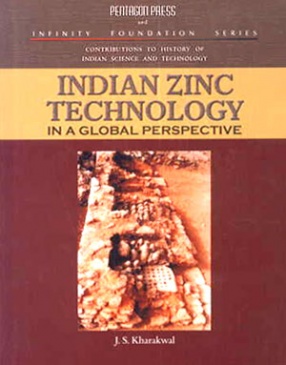
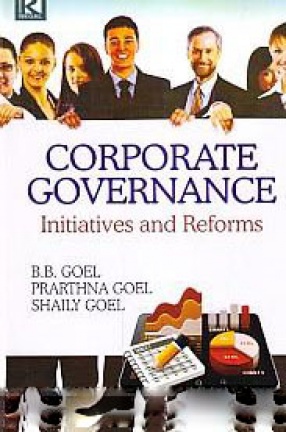
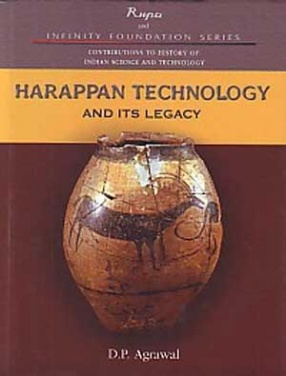
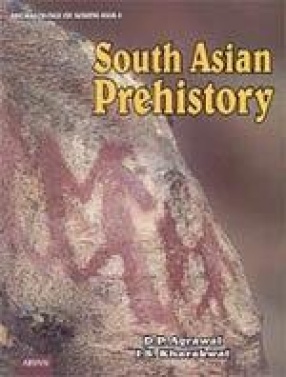
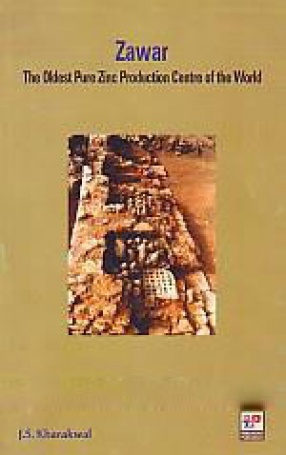
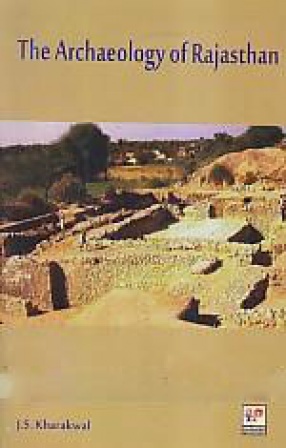

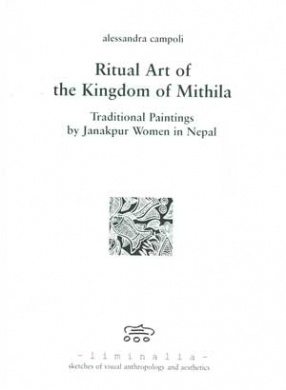
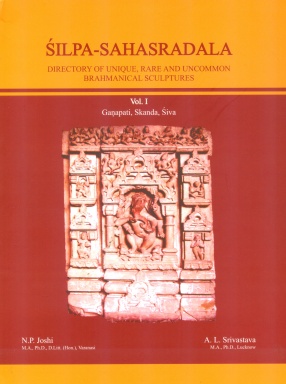
There are no reviews yet.